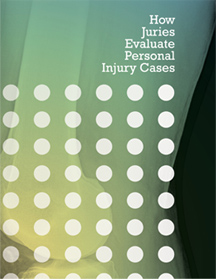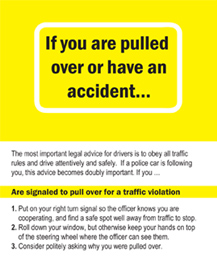In the trial of a personal injury claim involving a slip and fall accident in a stairway, the injury lawyer for the plaintiff (the person who was injured and who filed the lawsuit) should address the following issues when presenting the case to the jury:
Dimension and measurements of the stairway
- Diagram showing each feature of the stairway and contiguous areas
- Chart with measurements of the risers and treads of each step within the stairway
- Measurements of the height and configuration of handrails
- Charts containing coefficient of friction or slip resistance data
Photographs
- Wide view photographs depicting the stairway and surrounding areas
- Middle view photographs depicting the placement of handrails, guardrails and other architectural features
- Close up views of the surface texture of the stair treads, non-skid abrasive strips, handrail cross-section, etc.
- Views of the stairway from the direction in which the plaintiff was walking
- Views with markers where the plaintiff indicated the fall occurred, where she came to rest and other relevant landmarks
- Where lighting is an issue, the location of nearest light fixtures and switches
- Close-up views of light fixtures, including bulb wattage
Documents
- Enabling ordinance, in which local government adopts model building code
- Copies of each of the building code sections covering stairways and exits
- Copies of any relevant ASTM, ANSI or OSHA codes or standards
- Copies of emergency medical response reports
Discovery
When a personal injury lawsuit is filed, the lawyers for each party engage in a fact-finding process called “discovery.” The discovery process includes written requests to produce documents (e.g., medical records) and “depositions.” A deposition is an oral question/answer session in which the lawyer for one party takes the testimony, under oath, of witnesses for the other party. Discovery materials that may be useful in a stairway slip and fall case include:
- Deposition testimony of building owner
- Deposition testimony of property manager
- Deposition testimony of opposing expert
- Deposition testimony of person most knowledgeable regarding inspection and maintenance
- Depositions of emergency medical personnel responding to accident



